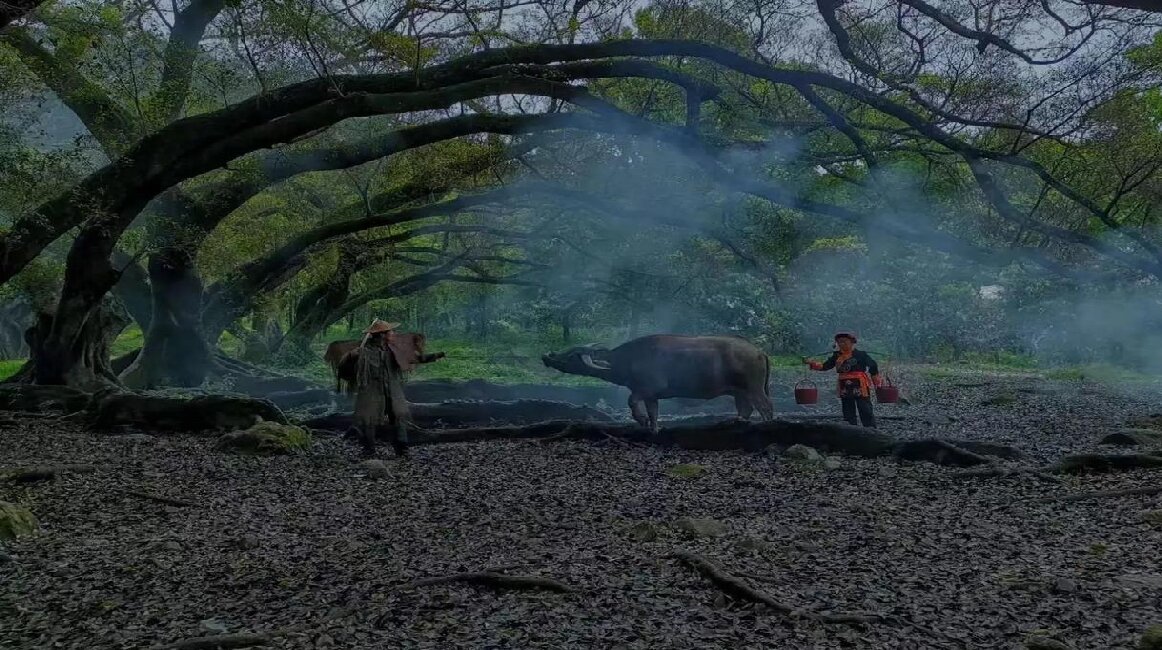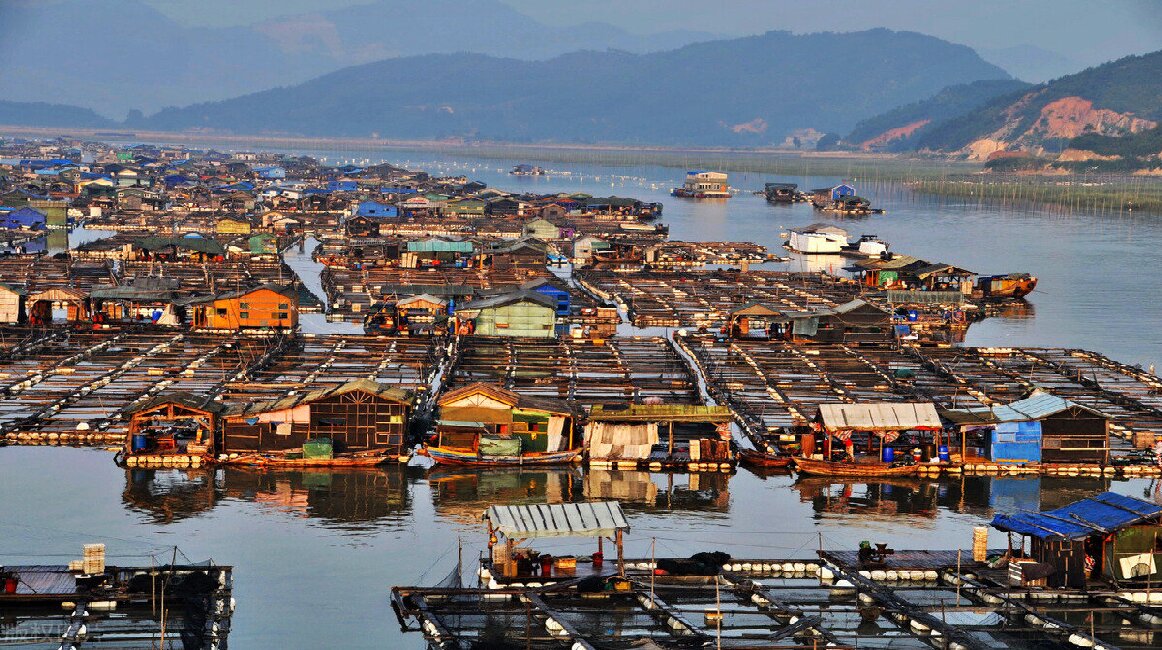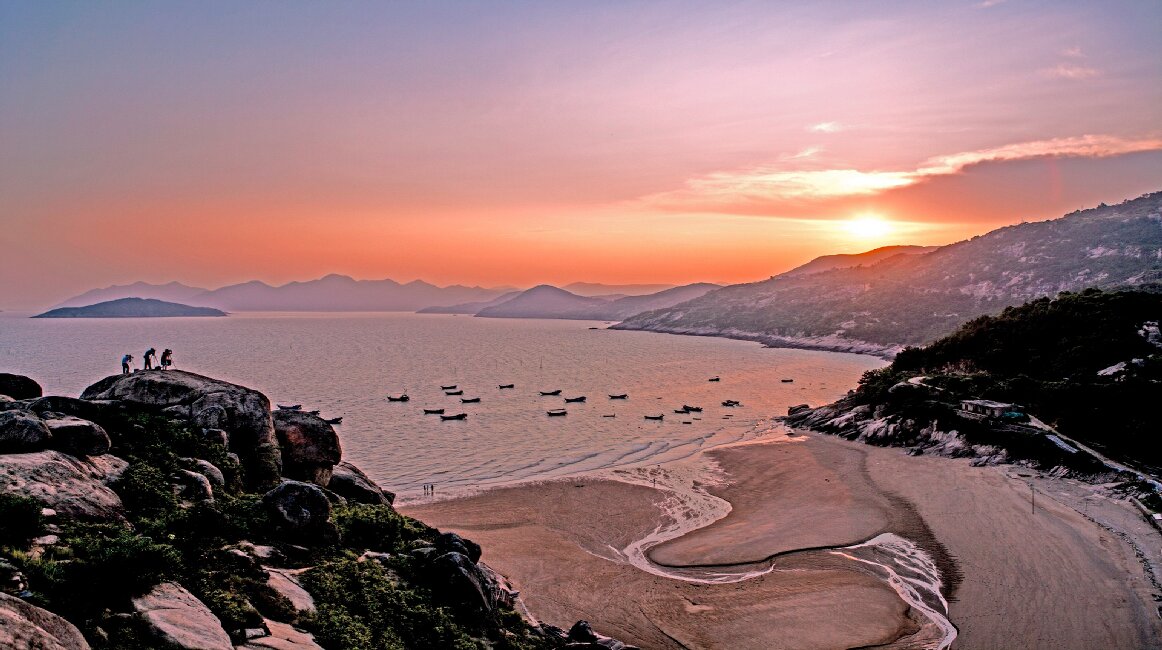Nestled in the northeastern part of Fujian province, Xiapu County is a picturesque locale that boasts a rich tapestry of cultural history and natural beauty. Known as the former political, economic, and cultural center of Eastern Fujian, Xiapu's unique geographical position as a peninsula along the northwest coast of the Taiwan Strait has shaped its destiny as a hub of activity and diversity. The county spans an area of 1,716 square kilometers of land, complemented by a vast sea area of 29,592.6 square kilometers, making it a significant maritime county with the longest coastline in the province, stretching over 505 kilometers.


Xiapu's history is as deep and varied as its landscapes, with a recorded history dating back to the 3rd year of the Taikang era in the Jin Dynasty, establishing it as one of the earliest counties in China. Throughout the ages, from the Tang to the Qing Dynasty, Xiapu has been a pivotal capital of Eastern Fujian, known for its excellent ocean shipping conditions and as a prosperous port city. It was once referred to as the "Zhou State and Lu State along the coast," a nod to its historical significance and cultural richness.
The county's natural endowments are equally impressive, with over 400 islands dotting its coastline, providing a haven for biodiversity and a paradise for nature enthusiasts. Xiapu's marine resources are abundant, with the Shansha Fishing Ground being one of China's greatest fishing grounds, home to more than 700 species of marine fish and over 200 types of beach creatures. The annual aquatic product yield exceeds 300,000 tons, with kelp and large yellow croaker being the top products in China.
Xiapu's agricultural products are renowned, with specialties like Yuanxiao tea, late-ripening Lichee, and Longan being long celebrated. The county has also developed a comprehensive transportation network, including expressways, railways, an airport, and a deep-water port, which facilitates trade and tourism.
Culturally, Xiapu is a treasure trove of historical sites and scenic beauty. The "Shell mound relics" at Huanggua Mountain in Xiama Village, Shajiang Town, date back to 4000 B.C., marking the birthplace of East Fujian's civilization. The Dongchong Peninsula is lauded as "the most beautiful peninsula in China," and the Xi'nan port is recognized for its significant development potential.


Xiapu's connection with Taiwan is deep-rooted, with shared language and similar customs. The Shansha port is a mere 126 sea miles from Keelong port in Taiwan, underscoring the close trade relationships that have existed since ancient times. Xiapu was one of the earliest small-amount trading points established in Fujian province and has become an important window for transactions with Taiwan.
Today, Xiapu is embracing its historical legacy and natural gifts as it forges ahead, implementing development strategies that leverage its industrial, agricultural, tourism, and maritime strengths. As it continues to write its story, Xiapu stands as a testament to the harmonious blend of nature and culture, a beacon of progress and preservation on the golden coast of China.



